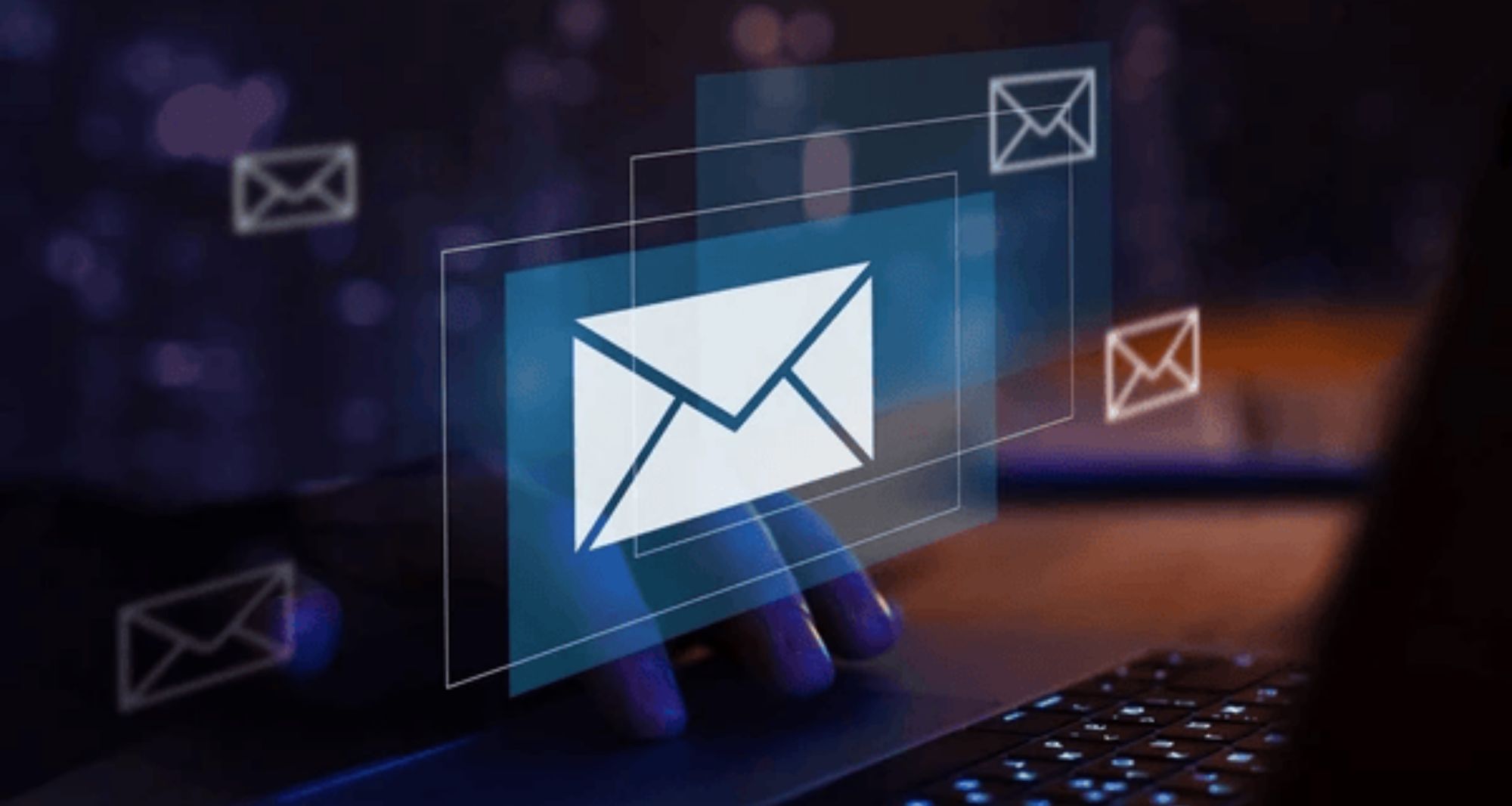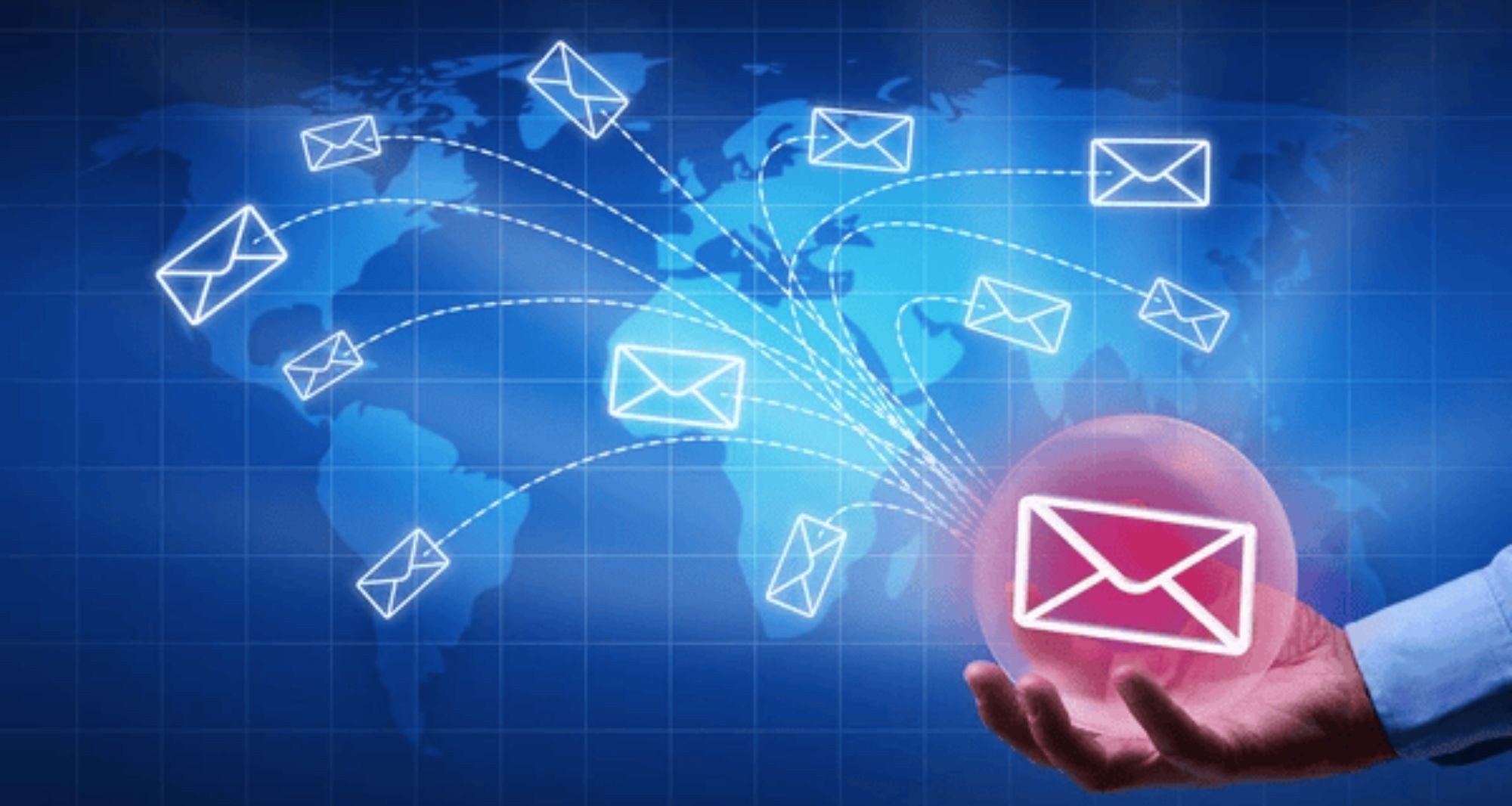
With so many new marketing trends popping up every year, some people may think that email marketing is outdated. But that couldn’t be further from the truth. Email marketing is still one of the best methods to connect with your audience, grow your business, and get real results. In fact, when done right—especially by using the power of AI—it can be your secret weapon for boosting engagement and increasing sales.
If you’re looking for practical, easy-to-follow strategies on how to use email marketing and make it work for your business, you’re in the right place. This guide will not only show why email marketing still matters today but also give you clear steps to implement it effectively.
Why Email Marketing is Still So Powerful
There’s a reason that businesses of all sizes—from startups to large corporations—continue to invest in email marketing. Here’s why:
- Direct Access to Your Audience: Emails go straight to your customer’s inbox. You don’t have to compete with social media algorithms to get your message across.
- Cost-Effective: Email marketing has one of the best returns on investment (ROI) compared to other channels. Research shows you can make about $42 for every $1 you spend on emails.
- Personal Connection: Emails feel personal. You can craft messages tailored to your audience’s needs, preferences, and behaviors.
- Scalable: Whether you’re sending emails to 50 or 50,000 people, email marketing scales easily with your business growth.
With over 4 billion email users worldwide, it’s easy to see why email marketing is still a powerful tool for reaching customers directly.
The Role of AI in Email Marketing: Making Emails Smarter
Artificial intelligence (AI) has brought email marketing to a whole new level. AI tools can help you:
Personalize emails:
AI can tailor emails to the individual preferences and behaviors of each customer. This can range from recommending products based on past purchases to customizing subject lines that grab attention.
Segment your audience:
AI helps divide your email list into smaller, more targeted groups. This ensures that the right message reaches the right person at the right time.
Optimize content:
AI analyzes past campaigns to see what’s working and what’s not. It can even suggest improvements for future emails, such as the best time to send or what kind of headlines get the most clicks.
By using AI, businesses can create smarter email campaigns that increase engagement and ultimately drive more conversions.
What Email Personalization Really Means
Personalization in email marketing isn’t just about addressing your customer by their first name. It’s about sending relevant content that speaks to their needs and interests. Think about it: Would you open an email that’s clearly irrelevant to you? Probably not.
This is where AI steps in. By analyzing customer behavior, such as what they’ve browsed on your website or past purchases, AI can create personalized experiences that make customers feel like the email was made just for them.
For example, if a customer frequently shops for women’s athletic wear on your site, an AI-powered tool can ensure that future emails feature related products. The more relevant your emails are, the more likely customers will engage with them.
Steps to Building an Effective Email Marketing Strategy
If you’re new to email marketing or looking to improve your current strategy, here are some simple yet effective steps to follow.
Segment Your Email List
When you segment your audience, you create smaller groups within your email list based on elements such as:
- Purchase history
- Geographic location
- Browsing behavior
- Interests
AI-powered tools make this easier by automatically sorting customers based on their actions. By sending more targeted emails, you can ensure each customer receives content that’s relevant to them.
Write Compelling Subject Lines
The subject line of your email should be attention-grabbing as it is the first thing that recipients will see. Keep it short, catchy, and relevant. AI tools can even help you test and choose the best subject lines by analyzing what has worked in the past.
Some tips for writing effective subject lines:
- Keep it under 50 characters
- Use action words (like “discover,” “learn,” or “get”)
- Create a sense of urgency (like “limited time offer” or “last chance”)
Automate Your Emails
With email automation, you can send the right message at the right time without having to do it manually. Here’s how it works:
- Welcome Emails: Sent automatically when someone signs up for your newsletter or account.
- Abandoned Cart Emails: Sent to remind customers they’ve left something in their shopping cart.
- Re-engagement Emails: Sent to customers who haven’t interacted with your business for a while.
Automation saves time and ensures your emails are consistent and timely. AI can further improve this by helping you personalize each automated message to better fit the recipient’s behavior.
Create Mobile-Friendly Emails
Did you know that over half of all emails are opened on mobile devices? If your emails aren’t optimized for mobile, you could be losing out on engagement. Here’s how to ensure your emails look great on smartphones and tablets:
- Use a simple, clean design
- Make your call-to-action buttons large and easy to tap
- Keep text brief and to the point
Analyze and Improve
One of the main perks of email marketing is the ability to track its performance. You can find out how many people opened your emails, clicked links, and even made purchases because of your message.
AI can take this data and provide insights into what’s working and what’s not. It can recommend improvements like better timing for your emails or which types of content generate the most interest.
Common Email Marketing Mistakes and How to Avoid Them
While email marketing is powerful, it’s easy to make mistakes that can hurt your efforts. Here’s what to watch out for:
- Sending too many emails: Overloading your customers with too many messages can lead to unsubscribes. Use AI to monitor engagement and adjust your sending frequency accordingly.
- Neglecting to test: Failing to test different aspects of your emails, like subject lines or images, can limit your success. Use A/B testing to try different versions of your emails and see which ones perform best.
- Not cleaning your email list: If your list contains inactive subscribers, it could hurt your deliverability. Use tools to regularly clean your list by removing inactive or unengaged contacts.
AI-Powered Analytics for Better Results
Data is everything when it comes to improving your email marketing strategy. The more you know about how your emails are performing, the better you can optimize them. AI tools help by:
- Providing insights into which emails are getting the most opens, clicks, and conversions.
- Recommending the best times to send emails based on past data.
- Suggesting content improvements for better engagement.
By continuously learning from the data, AI ensures your email marketing efforts are always evolving.
Why Email Marketing Still Matters
At a time when social media platforms and new marketing technologies seem to dominate the conversation, email marketing continues to deliver consistent and impressive results. It’s direct, it’s personal, and when paired with AI, it becomes a powerful tool for businesses to grow and thrive.
By following these strategies and embracing AI technology, businesses can create email marketing campaigns that aren’t just effective—they’re also scalable, personalized, and incredibly powerful.
Conclusion
Email marketing remains a vital component of every business’s digital marketing strategy. By incorporating AI tools, businesses can unlock the full potential of email marketing, driving better engagement, personalization, and real-world results. Don’t let this proven method slip by—start creating smarter, more effective email campaigns today.




